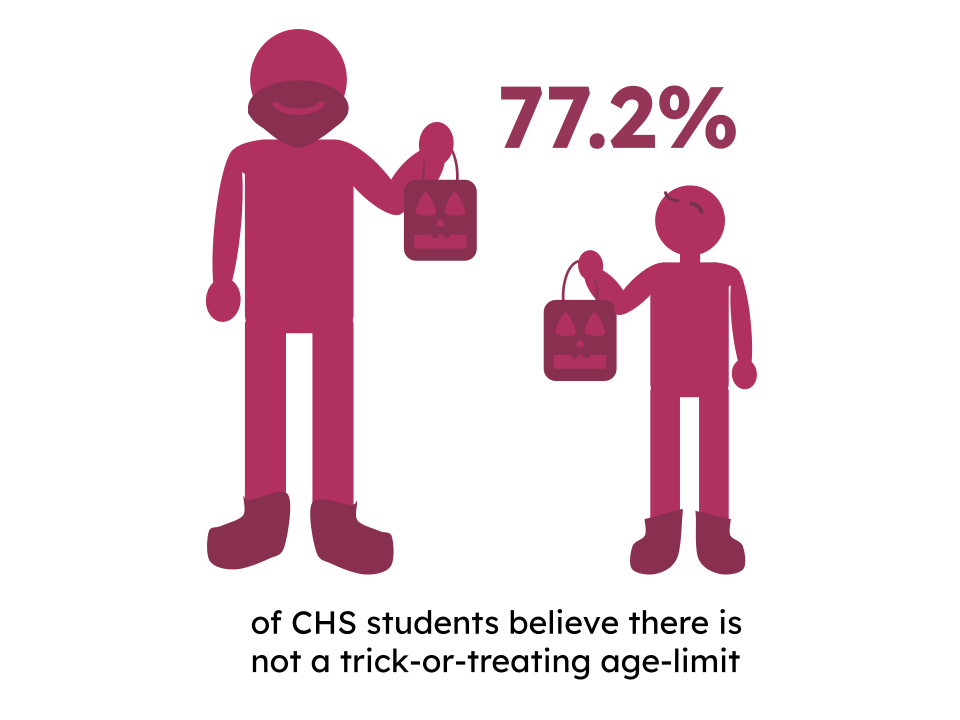With millions of text message “dings” and Snapchat notifications going off at every hour of the school day, it is evident that cellphones can be a huge distraction in the classroom. However, technology remains a huge part of society, causing many teachers and students to look past their unproductive elements in order to focus on the benefits they reap. Cellphones’ presence in schools has sparked a huge debate throughout CHS, as well other educational institutions nationwide, and for good reason. The vast majority of students carry around this source of instantaneous information, and they mainly serve as assets in the classroom.
Whether it’s due to concern over getting work done or appreciation for convenience, teachers each implement their own form of phone restrictions in the classroom. Forensics and Biology teacher Leah Morgan is unopposed to students having them in class.
“Students are used to using their phones so it makes it easier and sometimes it’s needed to do quick research to answer the question, and the phones make it easier as opposed to taking out a Chromebook,” Morgan said.
The ease of students using their phones for fast information is a huge advantage for Morgan. While it may not seem like pulling out a Chromebook to conduct research would add much time or effort, students are much more accustomed to utilizing their iPhone. They are able to efficiently jump on a search engine and receive their answer right away.
English teacher Emily Soto recognizes both sides of the debate, but has an overall positive view on cellphone use during class.
“They can obviously be a distraction during instructional time, but they also allow students to quickly look something up and help with their organization,” Soto said. “So, I guess phones in the classroom depend on the student who is using it.”
Soto raises a strong point—phones can become a distraction in the hands of certain students. However, when in the possession of those responsible, Soto recognizes that organization in general is elevated with the use of iPhones.
In opposition, phones hold great power over peoples’ attention and can easily distract students during class time. This is a concern for a few teachers at CHS, such as Communications Technology, Photography, and Graphic Arts teacher Amanda FitzPatrick.
“As far as disrespectful playing on the phone, that is not allowed,” FitzPatrick said. “The phone is a tool and there is a time and place to use it, and part of being an educated young adult is navigating that usage.”
FitzPatrick makes it known that it is the responsibility of each individual to keep their phone usage to a minimum unless instructed otherwise. This may be a challenge for some, but for most students, being entrusted with their phones makes it less of a temptation.
Some students, like freshman Zachary Erbe of Shark River Hills, feel that phones elevate their highschool experience as having a phone in class allows them to share work easily and communicate with others when used properly.
“I think for sure there is a benefit to having phones in the classroom. I’m on my phone all the time in the classroom, it helps me communicate with my peers very well—I can message them, I can ask them if I don’t understand something,” Erbe said.
Cell phones have transformed and added to the variety of ways students can educate themselves. While there is a great deal of responsibility and self-control involved in students possessing phones in class, they are a supplement for students who want to learn on a level that goes beyond the classroom.









